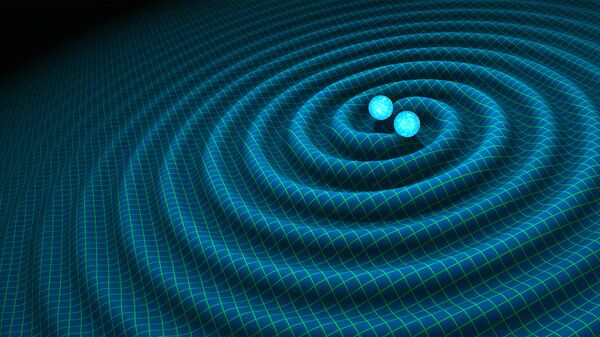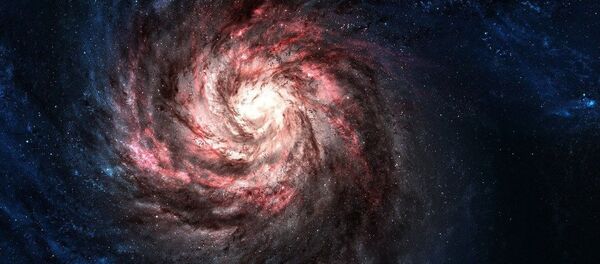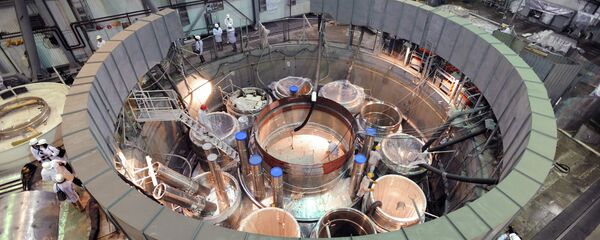Astrophysicists have long wondered where the heaviest elements in the universe come from. The leading hypothesis was that they were synthesized only in the extreme conditions of a neutron star merger, but there was no evidence to prove this. However, physicists from the University of California (UC) Berkeley and Lawrence Berkeley National Laboratory say that the recently observed neutron star merger is the first definitive evidence for the hypothesis.
Two neutron stars, each the size of a tiny island like Malta but also each twice as heavy as our sun, slammed into each other in an event dubbed GW170817. The Berkeley teams observed the event in August and saw that the enormous exchange of energy ejected rich clouds of free neutrons into space. These free neutrons bombarded atoms in space, turning them into progressively heavier elements.
This is called a "kilonova," essentially a more powerful and intense version of an ordinary nova, which is caused by the merger of less exotic stars such as red dwarfs.
"We have been working for years to predict what the light from a neutron [star] merger would look like," said Daniel Kasen, a UC Berkeley physics professor and Berkeley Lab scientist who worked on the study. "Now that theoretical speculation has suddenly come to life."
"For years the idea of a kilonova had existed only in our theoretical imagination and our computer models," he added. "Given the complex physics involved, and the fact that we had essentially zero observational input to guide us, it was an insanely treacherous prediction — the theorists were really sticking their necks out."
Here's the quick and dirty explanation: Immediately after the Big Bang, there were only two elements in existence: hydrogen and helium. When stars formed and began the process of nuclear fusion, they began to synthesize new, progressively heavier elements. However, this process only accounts for the next 24 elements on the Periodic Table, like carbon and oxygen and lastly iron, the final element that can be formed in non-extreme conditions. Astrophysicists have long wondered where the other naturally forming elements come from.
Now, according to Kasen, they have their answer. The gold in your tooth, watch or ring and the silver in your phone or car engine were forged in the unimaginable pressure of a merger of neutron stars. Awesome.
"Most of the time in science you are working to gradually advance an established subject," Kasen said. "It is rare to be around for the birth of an entirely new field of astrophysics. I think we are all very lucky to have had the chance to play a role."
The observation was done with the Laser Interferometer Gravitational-Wave Observatory (LIGO) as well as its counterpart, the Virgo detector in Italy. The observatories were made to search for the source of gravitational waves, ripples in spacetime caused by the movement and activity of massive celestial objects.
Usually, gravitational waves result from black hole activity — and since black holes do not emit visible light, such events are difficult to study. This was the first gravitational wave LIGO and Virgo were able to study that emitted visible light. Neutron stars, which were once the cores of massive stars that underwent supernovae, are the second densest known objects in the universe after black holes.





